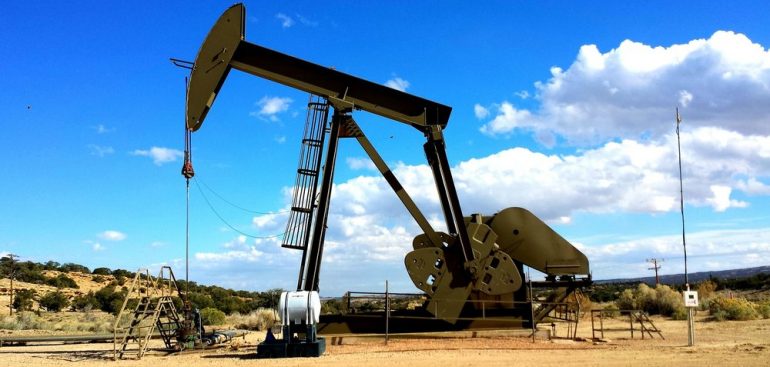Latest
PanXchange Enters U.S. Market with Designs on Simplifying Movement of Frac Sand
Article originally posted by FreightWaves on December 13th, 2017
Written by: Vishnu Rajamanickam
The enormity of the trucking industry can be realized by looking at the myriad of industries that depend on freight hauling for their sustenance and growth. Quite recently, the fracking industry has joined that list, with frac sand becoming a major commodity that needs to be transported across sites for the hydraulic fracking process.
But the problem of the driver shortage in the fleet sector also holds true in the frac sand market, with fracking companies facing the heat. PanXchange, a trading platform with experience in building commodity marketplaces across East Africa, is looking to help its client base solve this pain point. This move is in line with the company’s launch of its platform in the U.S. for frac sand trading.
“Though PanXchange is not directly involved in frac sand transportation, we know that trucking of sand is a high point of pain for our clients,” says Julie Lerner, the CEO and founder of PanXchange. “Although we launched only this October for trading, we are a market structure solution and thus interested in exploring relationships with trucking companies.”
Lerner believes that PanXchange can add additional value to clients if they could seamlessly load board, purchase sand, and get a fleet to transport it to the destination – all on the same platform. “We are excited about the TransRisk [freight futures] contracts that would be live in 2018 because it gives our clients the ability to price hedge transactions,” she says.
PanXchange’s foray into the frac sand market was a deeply calculated move, just like its journey into Kenya to create a name in the nation’s commodities trading market.
“When I did the pilot launch in August of 2014, the platform was originally intended only for maize and wheat trading,” notes Lerner. “But now two years later, we have opened a second office in Uganda because of the volume generated. We have 20 different types of grains and beans listed for negotiation, as requested by our customers.”
Before the company ventured into the African market, it meticulously studied reports about the market demand for agricultural commodities. On seeing an attested demand for a trade platform and companies blindly squandering millions of dollars on fruitless technological solutions, PanXchange realized it had a business sweet spot.
“We were the only platform that was designed by traders for trade. I say this because we have a lot of competitors in different markets that throw technology at the industry with the hope of people adopting the solution,” explains Lerner. “Companies don’t understand the challenges of the people who buy natural resources. They are quite different from people buying financial products.”
Since frac sand technology is nascent and because there was no specific market for sand commodity trading before, Lerner believes it is the opportune moment for PanXchange to create itself a bastion in the U.S. “When there is a surge in demand for sand, and suddenly you’ve got a new supply, it means you would have people looking to secure supply,” she notes.
PanXchange is clear on what it brings on to the table in the frac sand market.
“We are aggregating the entire market in one location by providing instant market access, efficiency, and price discovery. That would be our unique selling proposition,” says Lerner.
The company is currently working on commercializing the platform as quickly as possible across multiple markets.
“Our next market would be the Oil Country Tubular Goods (OCTG), which is ancillary to the frac sand market. It is the casing that is required for any kind of drilling operation,” concludes Lerner.
With the U.S. frac sand market estimated to surpass 100 million tons and with surges in demand for the commodity, the PanXchange platform is certainly here to stay.


